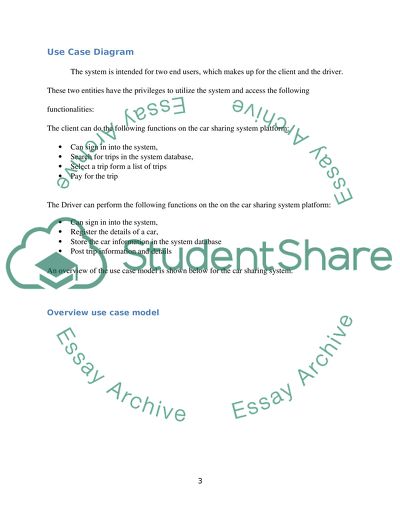Cite this document
(“Object and Data Modelling Assignment Example | Topics and Well Written Essays - 1750 words”, n.d.)
Object and Data Modelling Assignment Example | Topics and Well Written Essays - 1750 words. Retrieved from https://studentshare.org/design-technology/1668003-object-and-data-modelling
Object and Data Modelling Assignment Example | Topics and Well Written Essays - 1750 words. Retrieved from https://studentshare.org/design-technology/1668003-object-and-data-modelling
(Object and Data Modelling Assignment Example | Topics and Well Written Essays - 1750 Words)
Object and Data Modelling Assignment Example | Topics and Well Written Essays - 1750 Words. https://studentshare.org/design-technology/1668003-object-and-data-modelling.
Object and Data Modelling Assignment Example | Topics and Well Written Essays - 1750 Words. https://studentshare.org/design-technology/1668003-object-and-data-modelling.
“Object and Data Modelling Assignment Example | Topics and Well Written Essays - 1750 Words”, n.d. https://studentshare.org/design-technology/1668003-object-and-data-modelling.


